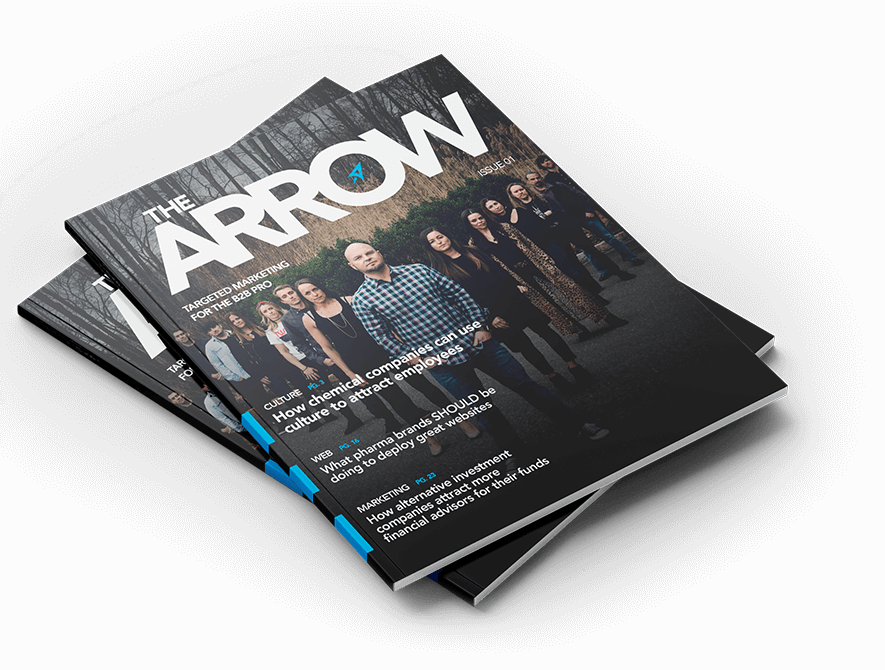Responsive Website Design Trends for Luxury Brands
Chris Mulvaney is the CEO of CMDS. I make things... I’m the creative entrepreneur with passion for (re)making brands and inventing solutions to problems no one knows exist.
We know that globally, 95% of luxury buyers are digitally connected. We also know that luxury brands, like most brands as we head into 2017, have met and exceeded their mobile tipping point—more visitors come from mobile devices to their sites than from their desktop computers.
And since smart marketers go where their audience lives, luxury brands are stepping up their digital marketing game. When it comes to website design, this means a move toward responsive design. As luxury consumers spend more time on their mobile devices, luxury brands look to design (or redesign) their websites to optimize the web experience for every user on any device.
Luxury Brands In A Mobile-Dominated Digital Landscape
How can the luxury brand design its website to maximize the user experience in the new mobile-dominated digital landscape? By taking a mobile-first approach to website design and functionality.
These trends in responsive website design speak to the evolving ways that luxury consumers navigate the web:
1. Less Is More
Luxury brands looking to provide the mobile visitor with the best experience are ascribing to the age-old KISS rule: keep it simple, sweetheart. Keeping things clean and simple, yet always super stylish, from the layout, the theme, the color scheme and the typography, is the name of the game when it comes to responsive design. Mobile-first design is straightforward and well-edited to include only that which is absolutely necessary. Supersized images, impactful typeface and dramatic use of empty space and color can all be powerful tools in mobile-friendly web design.
2. Images Over Text
Along those lines, responsive web design values beautiful, unique imagery over tons of text. Whoever said ‘a picture is worth a thousand words’ may well have been talking about web design for the luxury brand in 2016. In order to provide the most engaging experience for the visitor, luxury brands are moving toward including more unique photography, iconography, videos and animation than actual words. Of course, strong copy will always have a solid place on any website, particularly when it comes to SEO, but if the luxury brand can get its point across with a compelling visual, even better.
3. The Long Scroll
Here’s where we get to functionality. A clean and beautiful luxury website is only half the responsive design battle—the other half is a seamless user experience. Enter the long scroll–once rejected as lazy design, the scrollable single page site is having its moment. Why? The smooth scroll makes navigation more streamlined for the end mobile user. The smaller the screen, the less information a user can view at one time. The intuitive (and just plain fun) scroll puts the user in control of the pace of information and eliminates extra clicks, which eliminates extra loading time.
4. What’s Your Story?
The long scroll navigation leads us to our last trend in luxury website design: storytelling. Every luxury brand has a story, and your website is the perfect place to tell it. The single-page format allows the luxury brand to share its story in a way that page-by-page navigation never could. Through the seamless use of images, video and text, responsive web design allows the luxury brand to make an emotional connection with their audience, to communicate the history behind their product or service and convey the values that define their brand.





